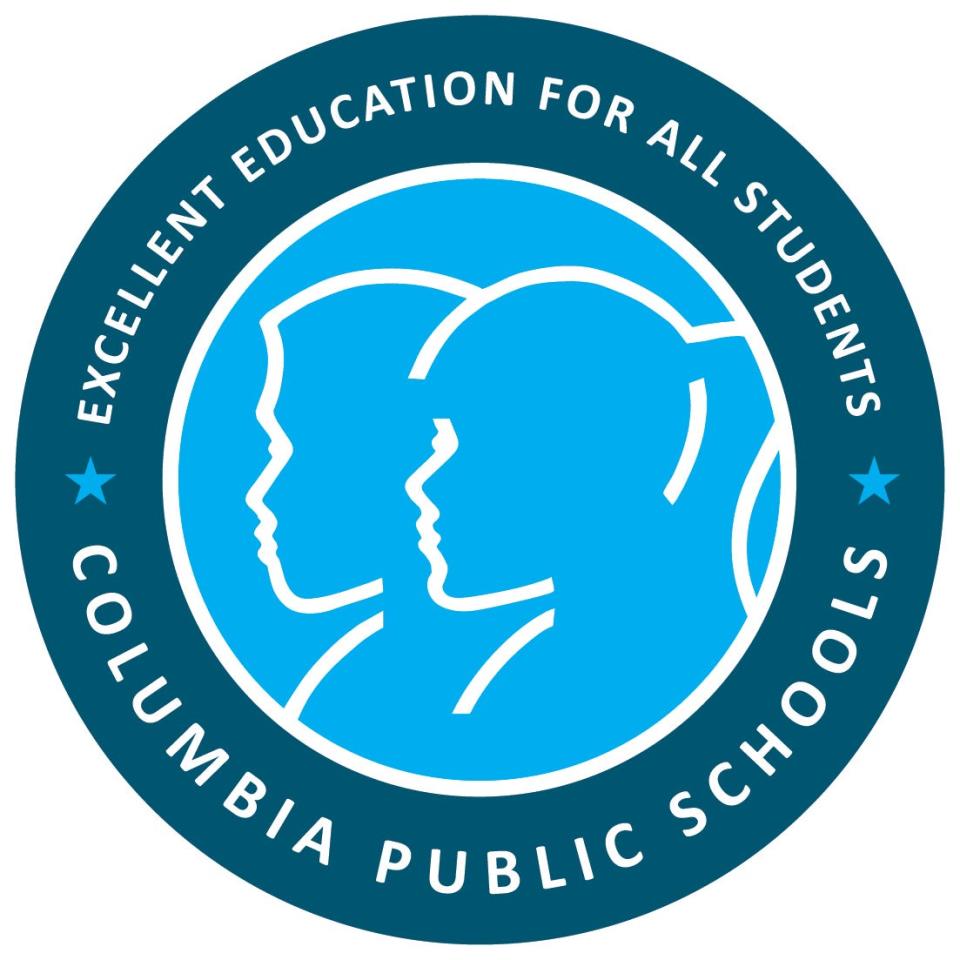Black students still disproportionally suspended in Columbia Public Schools
Black students in Columbia Public Schools in the 2021-22 school year again received an outsized proportion of out-of-school suspensions.
There were 1,156 out-of-school suspensions during the school year, up from 366 in pandemic year 2020-21.
There were 606 Black students receiving out-of-school suspensions, or 52% of the total, while white students, making up 56% of the student population, were 28% of out-of-school suspensions, at 334.
Put another way, Black students were 2 1/2 times as likely to be suspended as their representation in the student population. A Black student is almost twice as likely as a white student to receive an out-of-school suspension. It has remained at that ratio for the past several years with no improvement.
More:Out-of-school suspensions declined in Columbia Public Schools in 2020-21 amid pandemic
Battle High School had the most out-of-school suspensions, with 182. There were 103 Black students suspended, or 56% of the total.
Among middle schools, Lange had the most out-of-school suspensions, with 132. There were 77 Black students suspended, or 58% of the total.
Among traditional high schools, Rock Bridge had the lowest number of out-of-school suspensions, with 58, of which 35 were Black students, or 60%.
Smithton had the fewest out-of-school suspensions among middle schools, with 33, including 11 Black students, or 33%.
Black students were represented in out-of-school suspensions at seven times their representation in the student population when she began as CPS chief equity officer in 2013, said Carla London.
"We have seen some improvements," London said.
The issue isn't restricted to school suspensions, said Columbia school board President David Seamon.
"It feels like it's an issue that's embedded in our society," Seamon said.
Told of Seamon's comment, London agreed.

"It's a societal issue," London said. "It's a community issue. We're a microcosm of the community."
It's also a nationwide issue, she said.
It is nationwide and embedded in our society, but that doesn't absolve school districts from trying to solve it, said Harold Jordan, nationwide equity coordinator with the American Civil Liberties Union.
"This is a disturbing trend and it's been well-documented," Jordan said.
The student who is most liked to be suspended or disciplined is a Black male with a disability, Jordan said.
There have been numerous studies on the racial disparities, he said. He cited a 2014 study by the Equity Project at Indiana University that found no good evidence that racial differences in discipline are due to differences in rates or types of misbehavior by students of different races.
That also was a finding of a University of Missouri researcher.
A 2019 study by the Watson Institute of International & Public Affairs at Brown University found that disproportionate discipline was not a function of student background, but more what they experience at school.
"The overrepresentation of Blacks in most discipline categories is a nationwide trend whether it's detention or suspension, referral to law enforcement or arrests," Jordan said.
The largest study of school discipline is from 2020 and looked at 1 million public school students in Texas. It found that suspension or expulsion substantially increased the likelihood that a student would be involved in the juvenile justice system in the next year.
Schools with adults who support students are better able to reduce the trend, Jordan said.
"It may seem touchy-feely," Jordan said. "What we've learned from that is it reduces conflict and improves the school environment."
Adults in schools need to not look for every opportunity to punish a child, he said.
CPS has established a behavior matrix with corresponding consequences to help ensure that students are treated the same at every school for the same behaviors, said Kerri Stith, president of the Columbia Missouri State Teachers Association.
Schools also are embracing Restorative Practices more, said Noelle Gilzow, president of the Columbia Missouri National Education Association. Under the practices, the student offender meets with those harmed and hears from them about how they were harmed, in an effort to "restore" the offender to the school community.
In elementary school that is called a "conscious discipline" approach, Stith said.
The statistics don't surprise the Rev. James Gray, from Second Missionary Baptist Church. He's very involved in youth issues.
"We need to look at the people who hold the positions and make the decisions," Gray said. "They need to look at better ways to deal with these situations."
It's not easy for students to get an education if they're not in school, Gray said.
Roger McKinney is the education reporter for the Tribune. You can reach him at rmckinney@columbiatribune.com or 573-815-1719. He's on Twitter at @rmckinney9.
This article originally appeared on Columbia Daily Tribune: Black students overrepresented in out-of-school suspensions in CPS

